Welcome to the world of fitness after 40! This is a journey that requires patience, dedication, and perseverance. But rest assured, it’s a journey worth taking. Maintaining a fit and healthy lifestyle after age 40 can enhance your quality of life in countless ways. You will look and feel better, have more energy, enjoy better sleep, and reduce your risk of numerous diseases.
It’s always possible to start, and it’s always possible to make positive changes. With the right attitude, mindset, and guidance, you can stay lean, strong, and active well past the age of 40. In this section, we will explore the significance of fitness after 40 and equip you with the necessary tools to start your journey towards a healthy, vibrant life.
Disclaimer: This blog contains affiliate links, and I may receive a commission if you purchase through them
Table of Contents
Key Takeaways
- Embracing an active lifestyle is crucial to maintaining fitness after 40.
- Tailoring your workout regimen to suit your fitness goals helps you achieve better results.
- Proper nutrition is key to supporting your fitness journey.
- Prioritizing recovery and rest helps prevent injuries and supports optimal performance.
- A supportive fitness community can help keep you motivated and accountable.
- Cultivating a positive mindset and a can-do attitude can help overcome mental hurdles.
Embracing an Active Lifestyle
Are you feeling out of shape, sluggish, and tired? Don’t worry; you can turn things around by embracing an active lifestyle! Regular exercise is the key to achieving and maintaining optimal health and wellness, regardless of your age.
Incorporating fitness into your daily routine can boost your energy levels, improve your mood, and strengthen your body. Whether going for a walk, hitting the gym, or taking a fitness class, finding a workout routine you enjoy is essential to staying on track.
| The Benefits of an Active Lifestyle | How to Incorporate Fitness into Your Daily Routine |
| Improves cardiovascular health Helps maintain a healthy weight Reduces stress and anxiety Boosts energy levels | Schedule exercise into your day Try a new fitness class or activity Find a workout buddy Make it a family activity |
Remember, exercising regularly and enjoying an active lifestyle is never too late. Start small, be consistent, and make fitness a priority in your life. Your body and mind will thank you!

Tailoring Your Workout Regimen
Getting older does not mean you should slow down. In fact, your fitness goals may become more important than ever. To achieve optimal results, it’s crucial to tailor your workout regimen to meet your fitness goals after age 40.
When it comes to exercise, both strength training and cardiovascular exercise are essential components of a well-rounded workout plan.
Strength training helps build muscle mass and bone density, while cardiovascular exercise improves heart health and endurance.
Remember to be patient with the process. Achieving fitness goals takes time and dedication. Set realistic goals and celebrate your progress along the way. By incorporating strength training and cardiovascular exercise into your workout regimen, you’ll achieve a lean, muscular physique supporting an active lifestyle for years to come.
| Strength Training | Cardiovascular Exercise |
| Use resistance bands or free weights for added resistance. | Choose activities like brisk walking, cycling, or swimming. |
| Incorporate compound exercises, like squats and lunges, to work multiple muscle groups. | Vary the intensity and duration of your workouts to challenge your heart and lungs. |
| Take rest days between strength workouts to allow muscles to recover. | Add in high-intensity interval training (HIIT) for increased calorie burn. |
Next, we’ll explore the significance of nurturing your body with proper nutrition.
Nurturing Your Body with Proper Nutrition
The road to a strong, healthy body doesn’t end with a good workout. Your diet is equally important in achieving fitness goals, particularly as your body ages. Nurturing your body with proper nutrition is key to supporting your fitness journey after 40.
First and foremost, a balanced diet should be a top priority. Aim for various foods in your diet to ensure you get all the nutrients your body needs. Include plenty of fresh fruits, vegetables, lean proteins, and healthy fats in your meals.
Adopting healthy eating habits is also vital. Avoid fad diets or extreme approaches to weight loss, as they often lead to temporary results and can damage your overall health. Instead, focus on building sustainable habits, such as cooking at home, practicing portion control, and limiting processed foods and sugar. Remember, it’s not about deprivation – it’s about nourishing your body with the fuel it needs to function at its best.
| Eat This: | Not That: |
| Whole grains, such as brown rice and quinoa | Refined grains, such as white bread and pasta |
| Lean proteins, such as chicken and fish | Processed meats, such as hot dogs and bacon |
| Fresh fruits and vegetables | Sugary snacks and desserts |
| Healthy fats, such as nuts and avocado | Saturated fats, such as fried foods and butter |
A balanced diet and healthy eating habits support your fitness goals and improve your overall health and quality of life. Take time to plan and prepare nutritious meals, and enjoy the benefits of feeling strong, healthy, and vibrant.
Top 10 Fitness Supplements for Men Over 40
Maintaining optimal fitness after 40 requires a holistic approach that includes a well-balanced diet, regular exercise, and, sometimes, the right supplements to support your health and fitness goals. Here are the top 10 fitness supplements for men over 40 that can help you stay lean, strong, and active:
Multivitamins: As we age, our bodies may require additional nutrients. A good quality multivitamin can fill in the nutritional gaps, supporting overall health and well-being.
Omega-3 Fatty Acids: Omega-3s, found in fish oil or algae supplements, promote heart health, reduce inflammation, and support joint function. These benefits are particularly crucial as we age and want to maintain an active lifestyle.
Protein Powder: Adequate protein intake is essential for muscle maintenance and recovery. A high-quality protein powder can help you meet your protein needs, especially if your diet falls short.
Collagen Supplements: Collagen is vital for joint and skin health. As we age, collagen production decreases, leading to joint stiffness and wrinkles. Supplementing with collagen can support joint flexibility and skin elasticity.
Vitamin D: Many adults are deficient in vitamin D, which is crucial for bone health, immune function, and muscle strength. As we age, maintaining optimal vitamin D levels becomes even more critical.
Coenzyme Q10 (CoQ10): CoQ10 is an antioxidant that supports cell energy production. It becomes increasingly important for maintaining vitality and cardiovascular health as we age.
Creatine: While often associated with younger athletes, creatine also benefits older adults. It can enhance strength, muscle mass, and overall exercise performance, making it a valuable supplement for men over 40.
Magnesium: Magnesium is involved in hundreds of biochemical reactions in the body, including muscle function and energy production. Supplementing with magnesium can help combat muscle cramps and support overall muscle health.
Curcumin: Known for its anti-inflammatory properties, curcumin supplements can assist in managing joint pain and inflammation, making it easier to stay active and engaged in your fitness routine.
ZMA (Zinc, Magnesium, and Vitamin B6): This combination of nutrients is often used to support recovery and improve sleep quality. As recovery becomes increasingly important with age, ZMA can be a valuable addition to your supplement regimen.
Remember, it’s crucial to consult with a healthcare professional before introducing new supplements, especially if you have underlying health conditions or are taking medications. Supplements should complement a healthy lifestyle, not replace it. Combine these supplements with a well-rounded diet and consistent exercise to maximize their benefits and ensure a fit and active life after 40.
Beyond Basics: Unleashing Your Potential Through Effective Bodybuilding Supplement Use
If you’re dedicated to muscle building, an expedited approach to reaching your fitness goals involves incorporating bodybuilding supplements into your regimen.
Bodybuilding supplements play a supportive role in enhancing various aspects of fitness, primarily focused on muscle development, recovery, and overall performance. Here’s a breakdown of their roles and some key advice:
Roles of Bodybuilding Supplements:
Muscle Protein Synthesis: Supplements like whey protein and BCAAs contribute to muscle protein synthesis, aiding in the repair and growth of muscle tissues after intense workouts.
Energy and Endurance: Pre-workout supplements, often containing caffeine and other performance-enhancing ingredients, boost energy and endurance, optimizing workout performance.
Recovery and Reduced Soreness: Supplements such as glutamine and casein protein support faster recovery, reducing muscle soreness and promoting overall muscle health.
Strength and Power Boost: Creatine monohydrate is renowned for boosting strength and power during resistance training, improving performance and muscle gains.
Nutrient Delivery: Nitric oxide boosters enhance blood flow to muscles, ensuring better nutrient delivery and oxygen supply during workouts for improved pumps and endurance.
Joint and Immune Support: Omega-3 fatty acids and vitamins in supplements like fish oil support joint health while boosting the immune system for overall well-being.
Advice for Using Bodybuilding Supplements:

Diet Comes First: Supplements should complement a well-balanced diet, not replace it. Focus on obtaining essential nutrients from whole foods to meet your baseline requirements.
Understand Your Goals: Choose supplements based on your specific fitness goals. Whether it’s muscle gain, fat loss, or overall performance, tailor your supplement intake accordingly.
Quality Matters: Opt for high-quality supplements from reputable brands. Quality assurance ensures that you’re getting what you pay for and minimizes the risk of contaminants.
Stay Hydrated: Many supplements can be dehydrating. Ensure you maintain adequate hydration levels, especially when using pre-workout or creatine supplements.
Follow Recommended Dosages: Overconsumption of certain supplements can have adverse effects. Always adhere to recommended dosages to ensure safety and effectiveness.
Consult with a Professional: Before incorporating new supplements, consult a healthcare or fitness professional, especially if you have underlying health conditions or are on medication.
Remember, supplements are just one piece of the puzzle. Consistent training, proper nutrition, and sufficient rest are foundational to any successful fitness journey. Always prioritize your overall health and well-being.
Here are ten bodybuilding supplements that are popular and have a good reputation in the market:
- Promotes muscle protein synthesis.
- Ideal for post-workout recovery.
- Satisfies protein requirements for muscle growth.
BCAA (Branched-Chain Amino Acids):
- Supports muscle recovery and reduces muscle soreness.
- Enhances protein synthesis during workouts.
- Helps prevent muscle breakdown.
- Boosts strength and power during workouts.
- Increases muscle mass by drawing more water into muscle cells.
- Supports ATP production for improved energy.
- Contains caffeine, beta-alanine, and citrulline for energy and endurance.
- Enhances focus and concentration during workouts.
- Promotes better blood flow to muscles.
- Slow-digesting protein ideal for nighttime use.
- Provides a sustained release of amino acids.
- Supports muscle recovery and growth during sleep.
- Aids in muscle recovery and reduces muscle soreness.
- Supports the immune system.
- Helps maintain muscle mass during periods of intense training.
Fish Oil (Omega-3 Fatty Acids):
- Reduces inflammation and joint pain.
- Supports cardiovascular health.
- Enhances overall well-being.
- Natural ingredients to support healthy testosterone levels.
- May contribute to increased muscle mass and strength.
- Supports overall male health.
- Convenient on-the-go snack with protein.
- A tasty way to supplement daily protein intake.
- Supports muscle growth and recovery.
- Enhances blood flow to muscles for better pumps.
- Improves nutrient delivery to working muscles.
- Supports overall workout performance.
Prioritizing Recovery and Rest
To fully reap the benefits of your workout routine, you must prioritize recovery and rest. Adequate rest allows your muscles to recover and repair while reducing the risk of injury. It’s essential to remember that quality sleep is key for optimal recovery, as it allows your body to rest and recharge.
Stress management is also an essential part of recovery. High-stress levels can negatively impact your sleep and recovery, so consider incorporating relaxing activities such as meditation, yoga, or deep breathing exercises into your routine to help manage stress.
Other strategies, such as alternating high and low-intensity workouts, stretching, and foam rolling, can also aid in promoting optimal recovery. Remember, your recovery is just as important as your workout, so prioritize rest and recovery to achieve the best results.
Modifying Your Exercise Routine for Aging Bodies
Aging is a natural part of life. However, it can take a toll on your body and impact your ability to exercise. As you age, it’s important to modify your exercise routine to protect your joint health, improve flexibility, and prevent injuries during your workouts.
One technique to modify your exercise routine is incorporating exercises that focus on joint mobility and flexibility. These exercises can help improve your range of motion, reduce stiffness, and increase overall joint health. Examples of such exercises include yoga, Pilates, and stretching routines.
Another crucial factor to consider is injury prevention. Aging bodies are more susceptible to injuries, so paying close attention to your form and technique during each exercise is essential. Consider hiring a personal trainer or fitness coach to help you ensure proper form, minimize the risk of injury, and maximize results.
| Exercise Modification Tips: |
| • Start with low-impact exercises like walking, swimming, or cycling. |
| • Incorporate resistance bands or light weights to promote muscle endurance and strength. |
| • Avoid high-impact exercises that can put excessive stress on your joints, such as running or jumping. |
| • Take breaks often and listen to your body. Rest and recover whenever needed. |
| • Stay hydrated and nourish your body with healthy foods for proper recovery. |
Modifying your exercise routine can be challenging, but incorporating these techniques can reduce your risk of injury and improve your overall exercise experience. Remember, it’s never too late to start taking care of your body. By prioritizing fitness, you can enjoy a healthier, more vibrant life as you age.
Building a Supportive Fitness Community

Building a supportive fitness community can make all the difference if you’re looking to stay motivated and committed to your fitness goals after 40. Having workout buddies who share your fitness journey can be incredibly powerful. Not only will you have a dedicated partner to work with, but you’ll also have someone to hold you accountable and encourage you when you feel like giving up.
A fitness community can come in many forms, whether a gym class, running group, or virtual fitness group. The key is finding a group of like-minded individuals who are committed to their health and fitness goals.
Accountability is another critical component of a successful fitness journey. When you have someone to hold you accountable, you’re more likely to stay on track and push yourself to achieve your goals. Your workout buddies can provide this accountability, and you can do the same for them. Set goals together, track your progress, and celebrate your successes along the way.
The Benefits of a Fitness Community:
| Benefits | How It Helps |
| Fosters Accountability | It keeps you motivated and on track towards your fitness goals. |
| Provides Support and Encouragement | It boosts your confidence and helps you stay positive. |
| Offers Variety in Your Workouts | Introduces new exercises and workout routines to challenge your body and mind. |
| Increases Social Interaction | Enhances your overall well-being and quality of life. |
So, whether you’re looking to join a new gym class, start a running group with your friends, or find a virtual fitness community, building a supportive fitness community can make all the difference in achieving your fitness goals after 40. With dedicated workout buddies by your side, you’ll stay motivated, accountable, and empowered to live your healthiest, most active life.
Mindset and Motivation
When it comes to achieving fitness after 40, mindset and motivation are key. It’s easy to get discouraged or feel like progress is slow, but maintaining a positive attitude and staying motivated can make all the difference. Here are some techniques to help cultivate a positive mindset and keep yourself motivated:
- Focus on progress, not perfection: Set small, achievable goals for yourself and celebrate each milestone you reach. Every step forward is a success to be proud of.
- Visualize your success: Imagining yourself achieving your goals can help you stay motivated and focused. Use positive visualization techniques to imagine yourself feeling strong, healthy, and accomplished.
- Stay accountable: Find a workout buddy or hire a personal trainer to keep you accountable and motivated. Having someone to cheer you on can make all the difference.
- Practice positive self-talk: Be kind to yourself and use positive affirmations to stay motivated and confident. Instead of focusing on negative self-talk, remind yourself of your strengths and progress.
- Embrace challenges: View challenges as opportunities for growth and use setbacks as learning experiences. Every hurdle you overcome makes you stronger and more resilient.
You can achieve your fitness goals after 40 and beyond by cultivating a positive mindset and staying motivated. Remember to be patient with yourself and enjoy the journey!
Other related articles:
Empower Your Prime: Fitness Program for Women Over 40
Discover Your Ideal Stationary Bicycle Today
Conclusion
Don’t let age be an excuse to give up on your fitness goals. By following the guidelines in this article, you can maintain a lean, muscular, and active physique well into your 40s and beyond. Remember, embracing an active lifestyle, tailoring your workout regimen, nurturing your body with proper nutrition, prioritizing recovery and rest, modifying your exercise routine for aging bodies, building a supportive fitness community, and maintaining a positive mindset are all vital elements in achieving your fitness goals.
It’s never too late to start. Take the first step towards a healthier, more vibrant life today. Believe in yourself, stay committed to your goals, and celebrate every small victory along the way. You’ve got this!
FAQ
Why is fitness after 40 important?
Fitness after 40 is important because it helps maintain a lean, muscular physique and promotes overall health and well-being as you age. Regular exercise can also help prevent age-related diseases and improve quality of life.
How can I stay lean after 40?
To stay lean after 40, it’s important to maintain a balanced diet and engage in regular physical activity. Focus on consuming nutrient-dense foods and incorporating cardiovascular exercise and strength training into your fitness routine.
What are the benefits of staying active as you age?
Staying active as you age has numerous benefits, including improved cardiovascular health, increased muscle strength, enhanced flexibility, better bone density, and a reduced risk of chronic conditions such as heart disease, diabetes, and osteoporosis.
How often should I exercise to maintain an active lifestyle?
Aiming for at least 150 minutes of moderate-intensity aerobic exercise or 75 minutes of vigorous aerobic exercise per week is recommended. Additionally, incorporating strength training exercises at least two days a week is crucial for maintaining an active lifestyle.
What should be included in my workout regimen after 40?
Your workout regimen after 40 should include a combination of cardiovascular exercises, such as walking, jogging, or cycling, and strength training exercises using weights or resistance bands. This combination helps improve cardiovascular fitness, build muscle strength, and maintain overall health.
How can I create an effective workout plan for my fitness goals after 40?
To create an effective workout plan, consult with a fitness professional who can assess your fitness level and goals. They can help design a customized plan that includes the appropriate exercises, intensity, and progression to help you achieve your fitness goals.
Why is nutrition important for fitness after 40?
Proper nutrition is essential for fitness after 40 as it provides the necessary fuel for your workouts and supports overall health. A balanced diet rich in fruits, vegetables, lean proteins, whole grains, and healthy fats can help optimize your fitness journey.
How can I adopt healthy eating habits to support my fitness goals?
Adopting healthy eating habits involves choosing whole, unprocessed foods, controlling portion sizes, and staying hydrated. It’s beneficial to limit sugary drinks and foods high in trans fats and sodium while focusing on various nutrient-dense foods.
How important is recovery and rest in a fitness routine after age 40?
Recovery and rest are crucial in a fitness routine after 40 to allow your body to repair and rejuvenate. Quality sleep, stress management techniques, and incorporating rest days into your workout schedule help prevent burnout and reduce the risk of overuse injuries.
How can I modify my exercise routine for an aging body?
To modify your exercise routine for an aging body, focus on exercises that promote joint health and flexibility, such as yoga or low-impact activities like swimming. It’s important to pay attention to your body and make modifications or seek guidance from a fitness professional when needed.
Why is building a supportive fitness community beneficial?
Building a supportive fitness community provides motivation, encouragement, and accountability on your fitness journey after 40. Having workout buddies or participating in group fitness classes can make exercise more enjoyable and increase your chances of sticking to your routine.
How can I maintain a positive mindset and stay motivated?
To maintain a positive mindset and stay motivated, set realistic goals, track your progress, and celebrate small victories along the way. Surround yourself with positive influences, practice self-care, and find activities you enjoy to keep your motivation levels high.

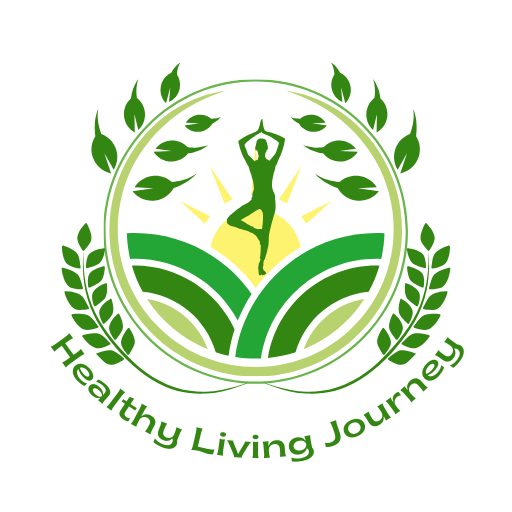
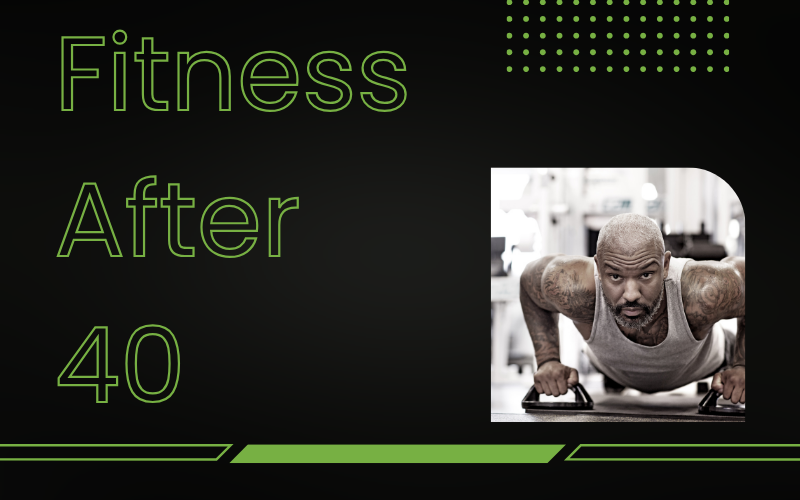





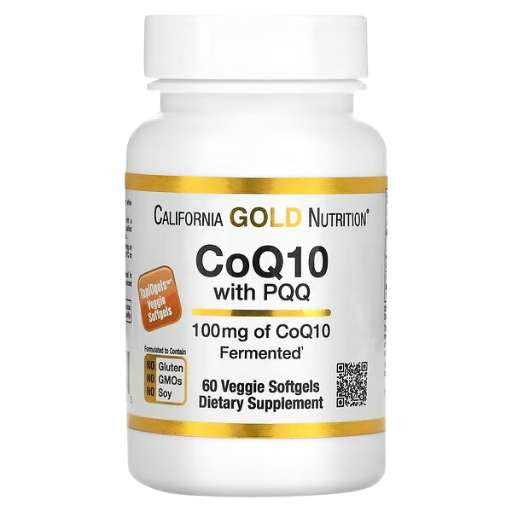
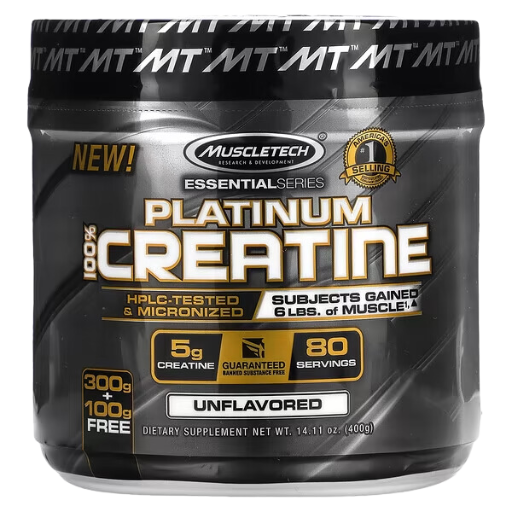


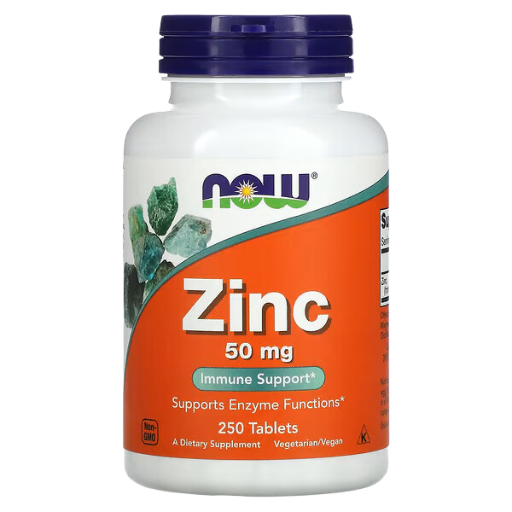
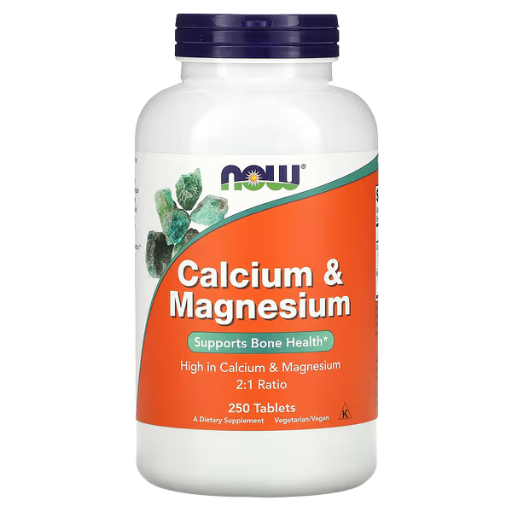

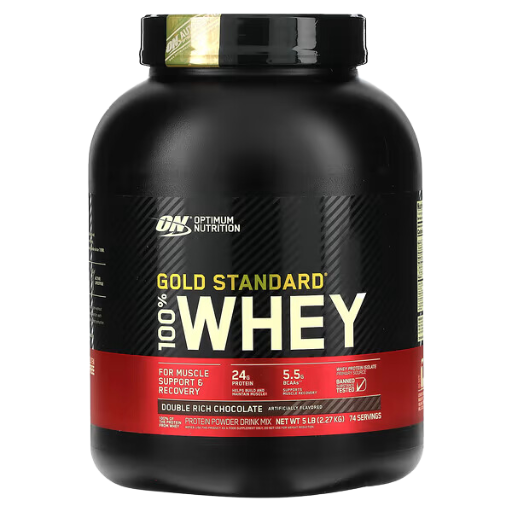
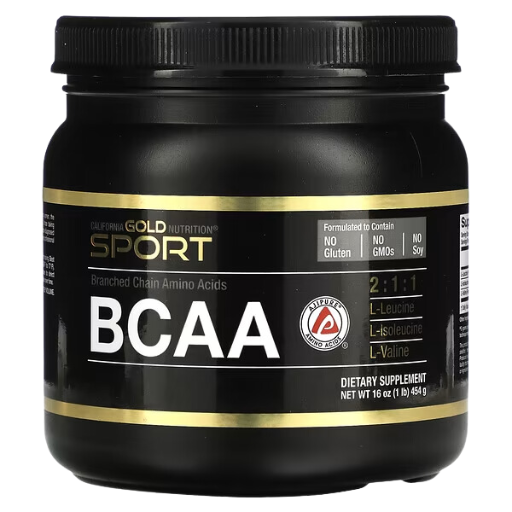
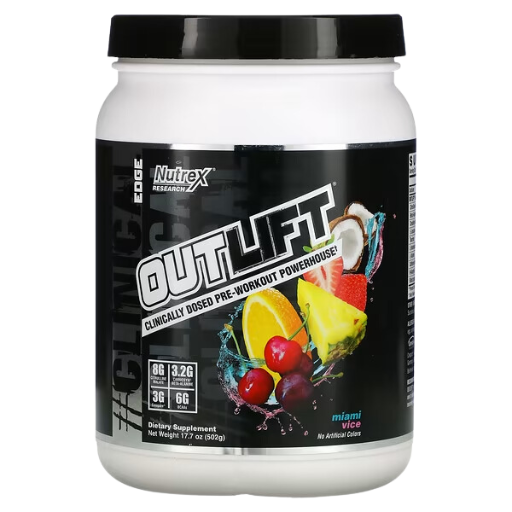

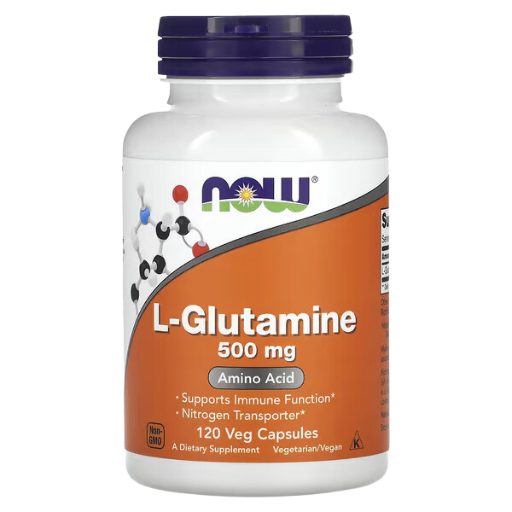
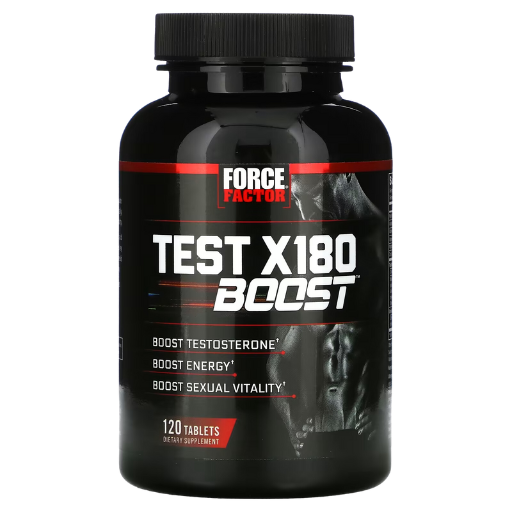
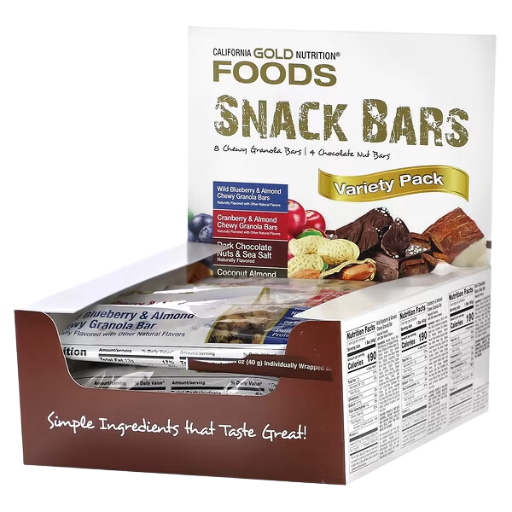
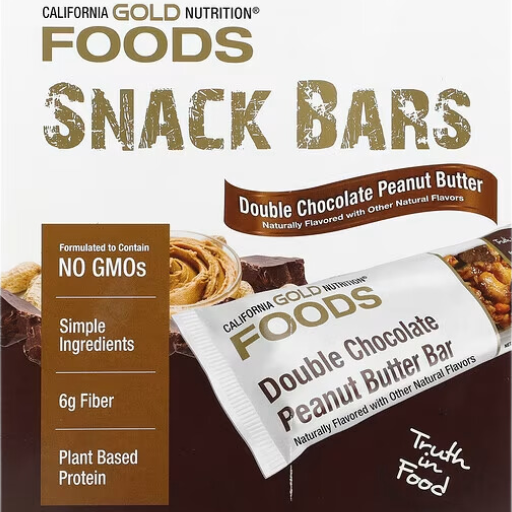
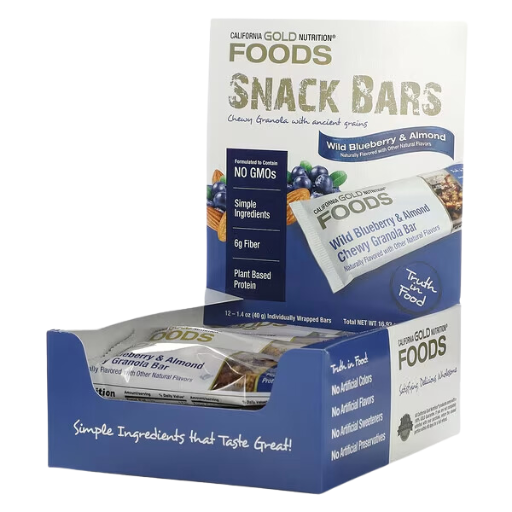

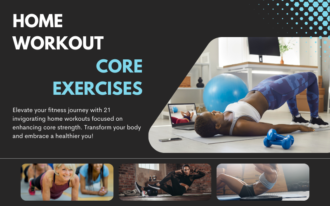


Pingback: 6 Best Home Workouts Chest Routines for Strength - Healthy Living Journey